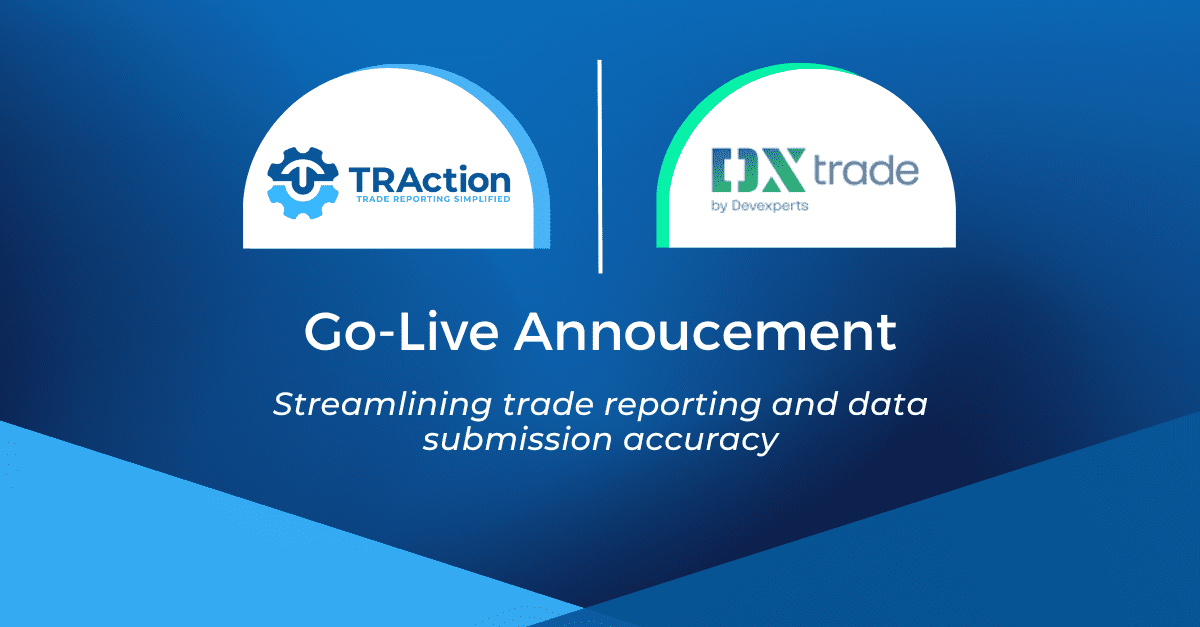What is Payment for Order Flow?
PFOF is a form of compensation that a brokerage firm receives for directing orders for trade execution to a particular market maker or exchange. Wholesale market makers have leveraged the almost exclusive use of electronic trading by retail investors to pay brokerages for the right to execute orders coming from their clients. Historically this occurred in options markets with broader spreads however this mechanism is now increasing found in equity transactions. This area of the market mainly targets non-sophisticated investors due to their small notional transaction size and lower trading frequency which allows the business model to be profitable to the purchaser. PFOF generated $3.8bn dollars for brokers in 2021, up from $2.8bn the previous year, demonstrating how it has become a major source of revenue. – See our previous article on PFOF here
Prefer to watch?
The Controversy of PFOF
As commissions charged on retail stock broking have decreased, eventually to zero, other brokers have had to match or offer similar incentives to compete. This transition caused a steady increase in off-exchange trading from 11% in 2004 to 40% in 2022 as major wholesale vendors paying for the order flow routed the trades through dark pools or internalised them against their own book. Advocates argue that freedom from some of the rules governing exchanges means that they are often able to get clients a better price. The critics aren’t convinced and point to the clear lack of competition amongst the dominant players, with one wholesaler in particular, handling 25% of US equity transactions. Detractors call for more transparency on best execution to combat the opaque nature of off-exchange trading.
Does PFOF Contravene MiFID II Best Execution Principles?
There has been a lot of debate around the introduction of PFOF in Europe, with key lawmakers calling for an outright ban, although no decision has been reached yet. The conflict of interest created when brokers are solely reliant on earning fees for selling order flow has created a headache for regulators, especially with the volume and transparency of data to handle. ESMA has provided a warning that in their view, there is uncertainty as to whether receiving commissions for providing order flow would be ‘compatible with MiFID II’. The increase in scrutiny will continue to bolster calls for heightened reporting obligations, such that more information can be gathered to gain insight into how exactly best execution principles are being practised and whether zero commission trading is benefitting retail investors or financial institutions.
MiFID II Best Execution
Article 27 sets out best execution requirements for investment firms when filling client orders. As outlined in ESMA’s final report, this legislation takes aim at ensuring the firms take sufficient steps to obtain the best possible result for their clients and also introduces reporting obligations for execution venues and investment firms. Please see our article on best execution for more details.
The FCA Handbook outlines key practices for best execution. When executing a client order, firms must take into consideration:
- characteristics of the client, retail or professional
- characteristics of the client order
- characteristics of the financial instruments that are the subject of the order
- characteristics of the execution venue
with the role of price being highly nuanced. Firms must seek the best possible result for clients with all parts of the transaction considered, including price of execution and all expenses incurred by the client directly related to the order. This means that PFOF could theoretically achieve better execution as a result of lower total fees, even if the transaction occurs at a worse price.
On the surface, all parties to the transaction appear happy. Those receiving and paying the fees are generating positive cash flow and retail traders are content with zero commission orders. With most of the trades being filled within dark pools, it becomes extremely difficult to ensure that adequate price discovery had taken place, and best execution monitoring becomes extremely difficult.
Upcoming Regulation
Currently, it appears as if there may be a few outcomes on the horizon. EU Parliament is negotiating a draft restriction on PFOF put forward in December 2022 which still leaves individual member states with discretion to allow it. Regulators may look to create an all-out ban for the PFOF model or, more likely, look to create a watered-down version that allows for clearer oversight. Regulating bodies may look to create a system of more open and transparent auctions for order flow, where the data can be monitored and analysed efficiently to stamp out any malpractice in the industry.
Summary
As this area of the industry develops, TRAction remains committed to making trade reporting simple by staying ahead of regulatory developments and monitoring for changes that may affect our clients. Don’t hesitate to contact us if you would like to know more.




